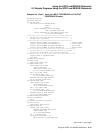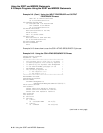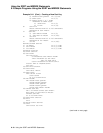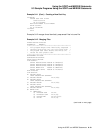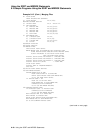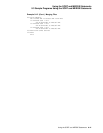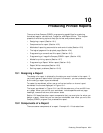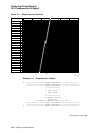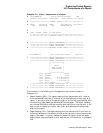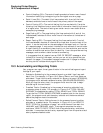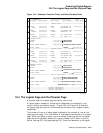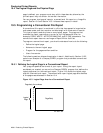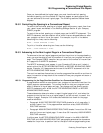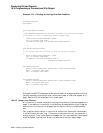
10
Producing Printed Reports
There are three Compaq COBOL programming capabilities for producing
formatted reports: conventional, linage file, and Report Writer. This chapter
presents the following topics to help you format and produce reports:
• Designing a report (Section 10.1)
• Components of a report (Section 10.2)
• Methods of reporting accumulation and control totals (Section 10.3)
• The logical page and the physical page (Section 10.4)
• Programming a conventional file report (Section 10.5)
• Programming a linage-file Compaq COBOL report (Section 10.6)
• Modes for printing reports (Section 10.7)
• Programming a Report Writer report (Section 10.8)
• Report Writer examples (Section 10.9)
• Solving report problems (Section 10.10)
10.1 Designing a Report
The design of a report is dictated by the data you must include in the report. If
you have a general idea of what the report is to contain, you can produce a rough
outline using a report layout worksheet.
To create the worksheet, either use an online text editor or draw a layout
worksheet like the one displayed in Figure 10–1.
The layout worksheet in Figure 10–1 has 132 characters on a line and 60 lines
on a page. When you outline your worksheet, include specifics such as page
headings, rows and columns, and column sizes.
Section 10.2 describes other report components that you must plan for when you
design a report. Note that you can use your worksheet later when you write the
Compaq COBOL program that produces the report.
10.2 Components of a Report
There are seven components of a report. Example 10–1 illustrates them.
Producing Printed Reports 10–1



